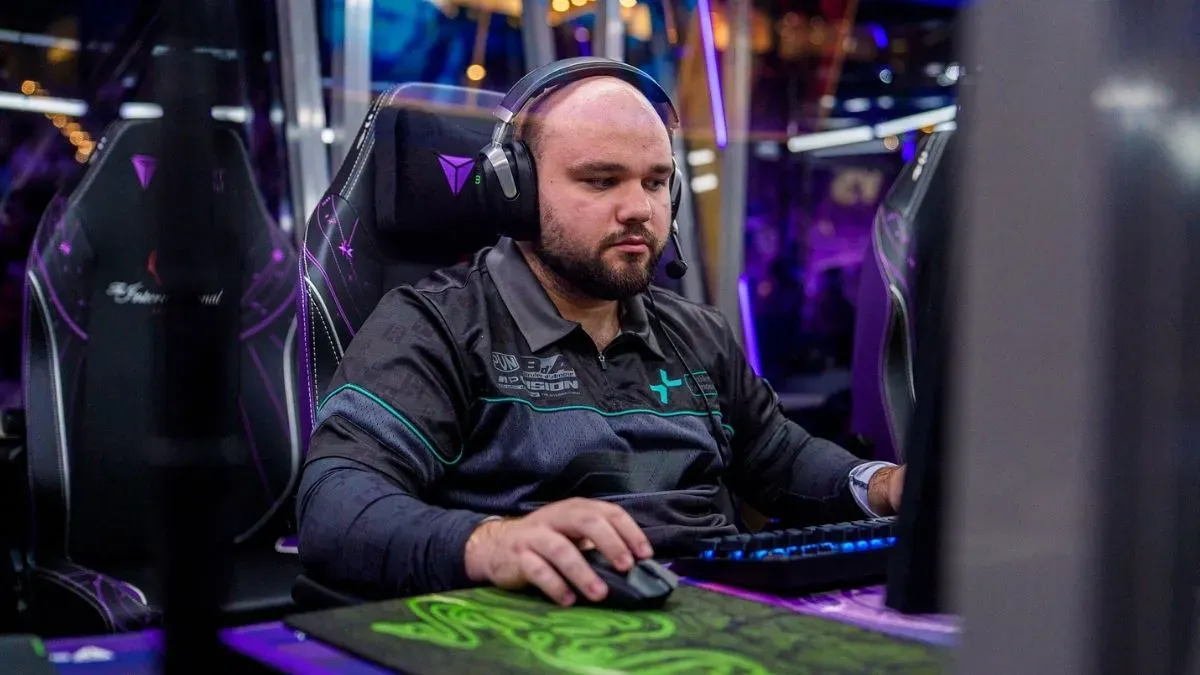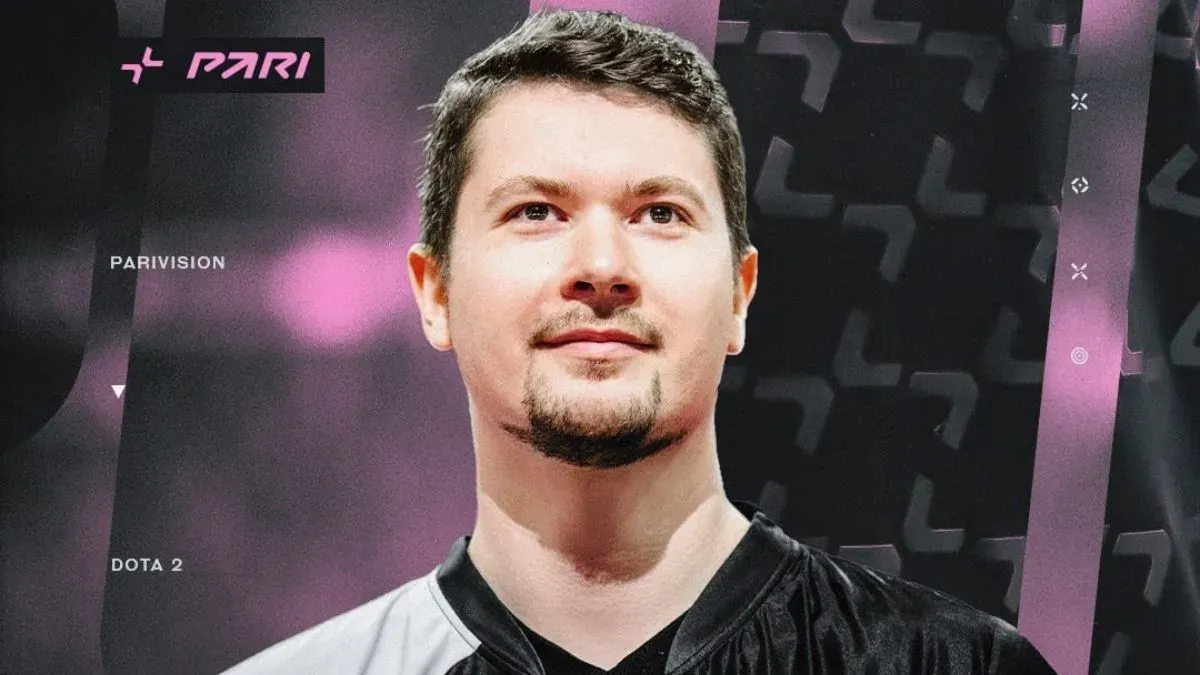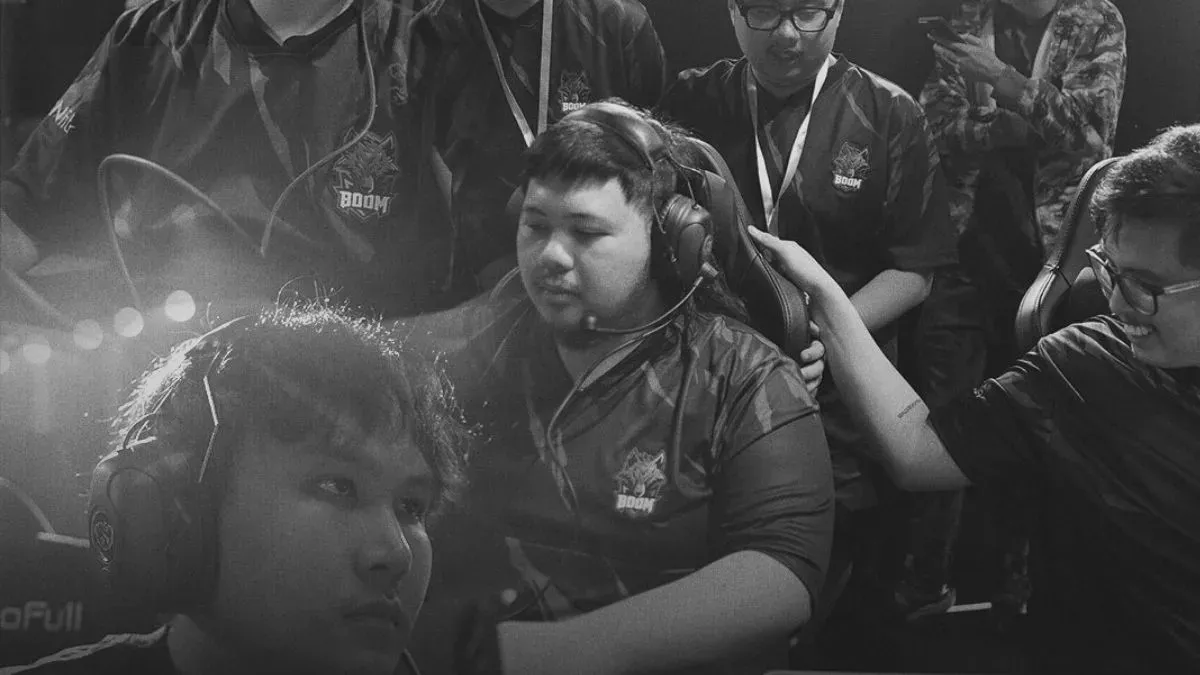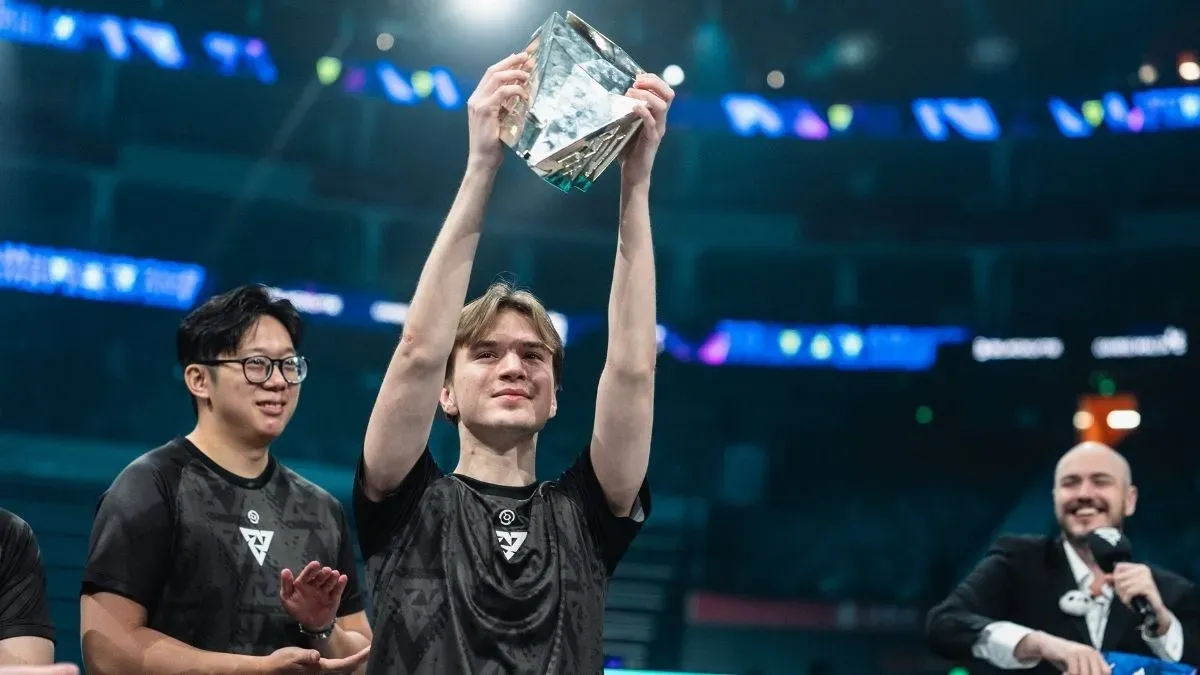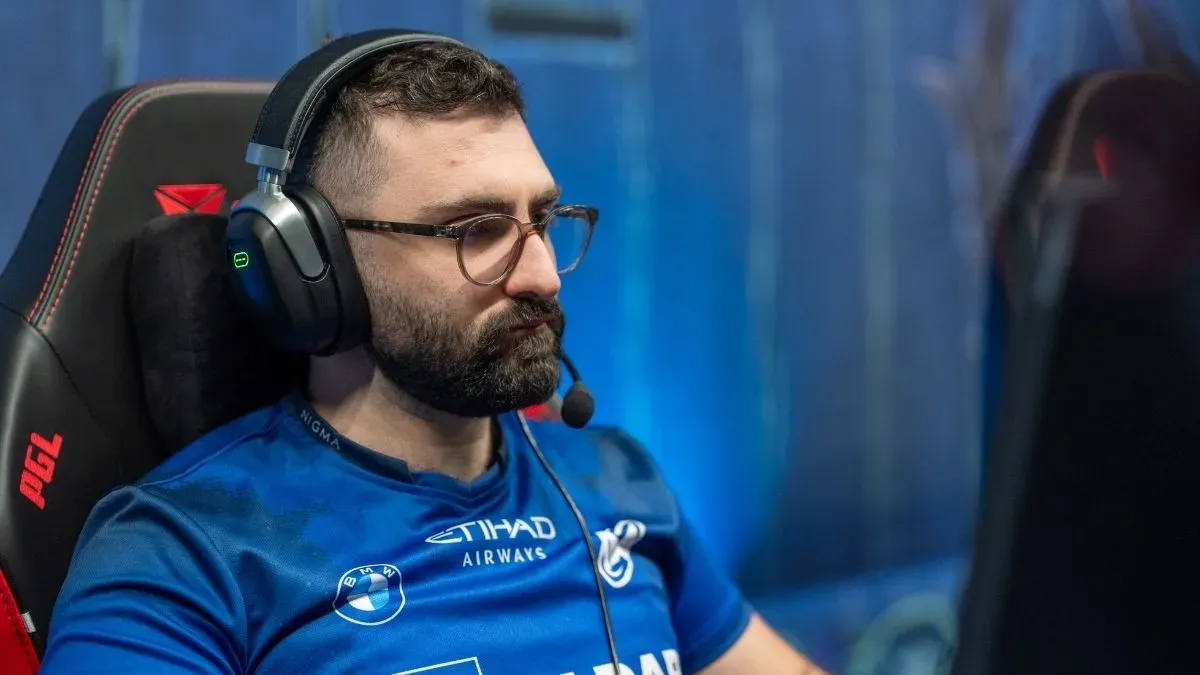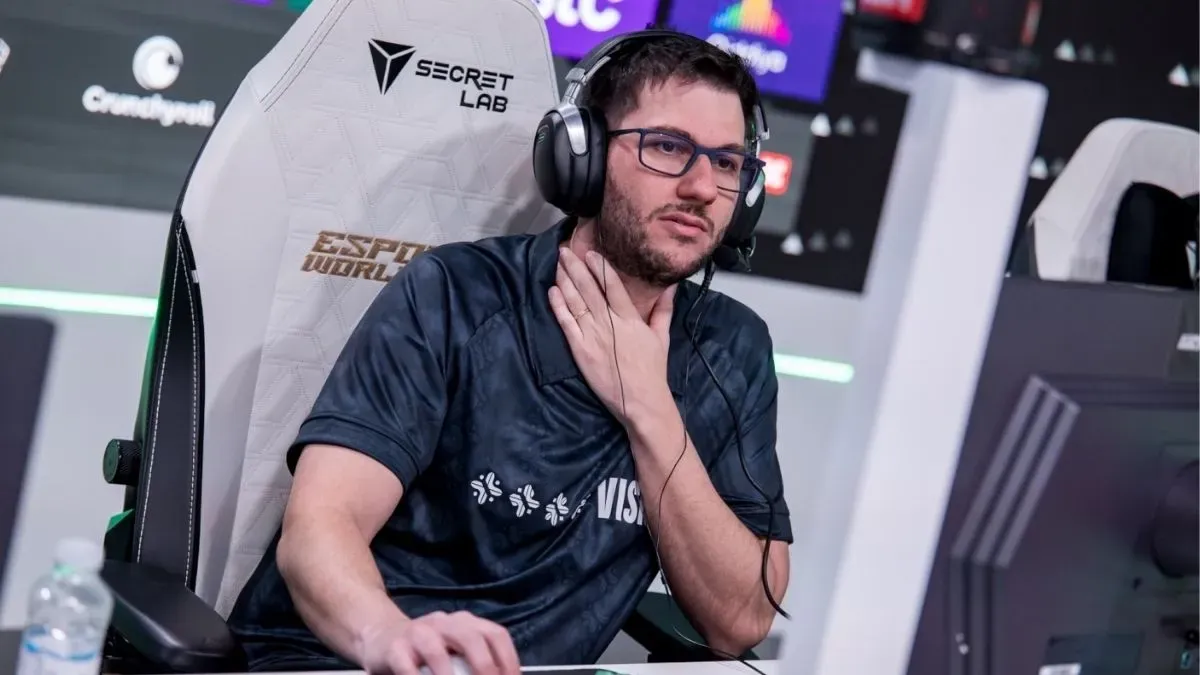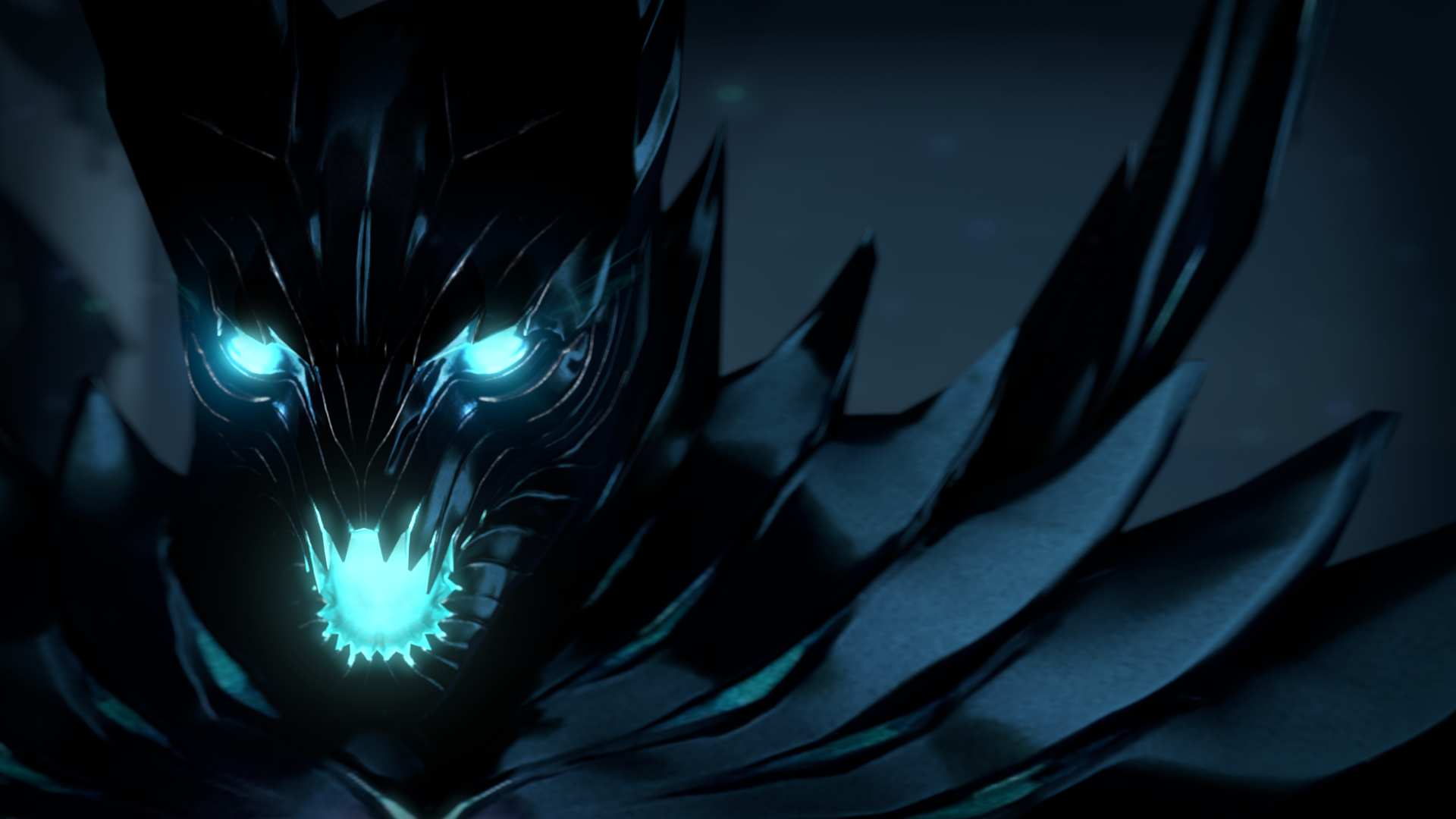
Image courtesy of DOTAFire
The inevitable deconstruction of death ball Dota has arrived with Valve's most recent-experimental update. The newest iteration implements a comprehensive strategy to curb early game aggression by drastically mitigating the rewards derived from this approach.
Until now, the meta prioritized lane dominance, early tower acquisitions for map control, and constant pressure on objectives. This has been the blueprint for success throughout much of the current season of the Dota Pro Circuit, as we have observed the efficacy of effectively forcing opponents to shell inside their base. By cutting opponents off from the ability to safely farm or defend their fragile structures, each match rapidly devolved into a base-race. By changing both map economy and building durability, Valve may have shifted the current meta entirely in the opposite direction - trading shorter-action-packed matches, for longer-more balanced ones. The overall patch is broad in scope, introducing significant attribute amendments, rescaled death timers, and the aforementioned economy/building changes to transform the meta.
Let's begin by examining how the economy, respawn time curve and building changes will theoretically lengthen the game.
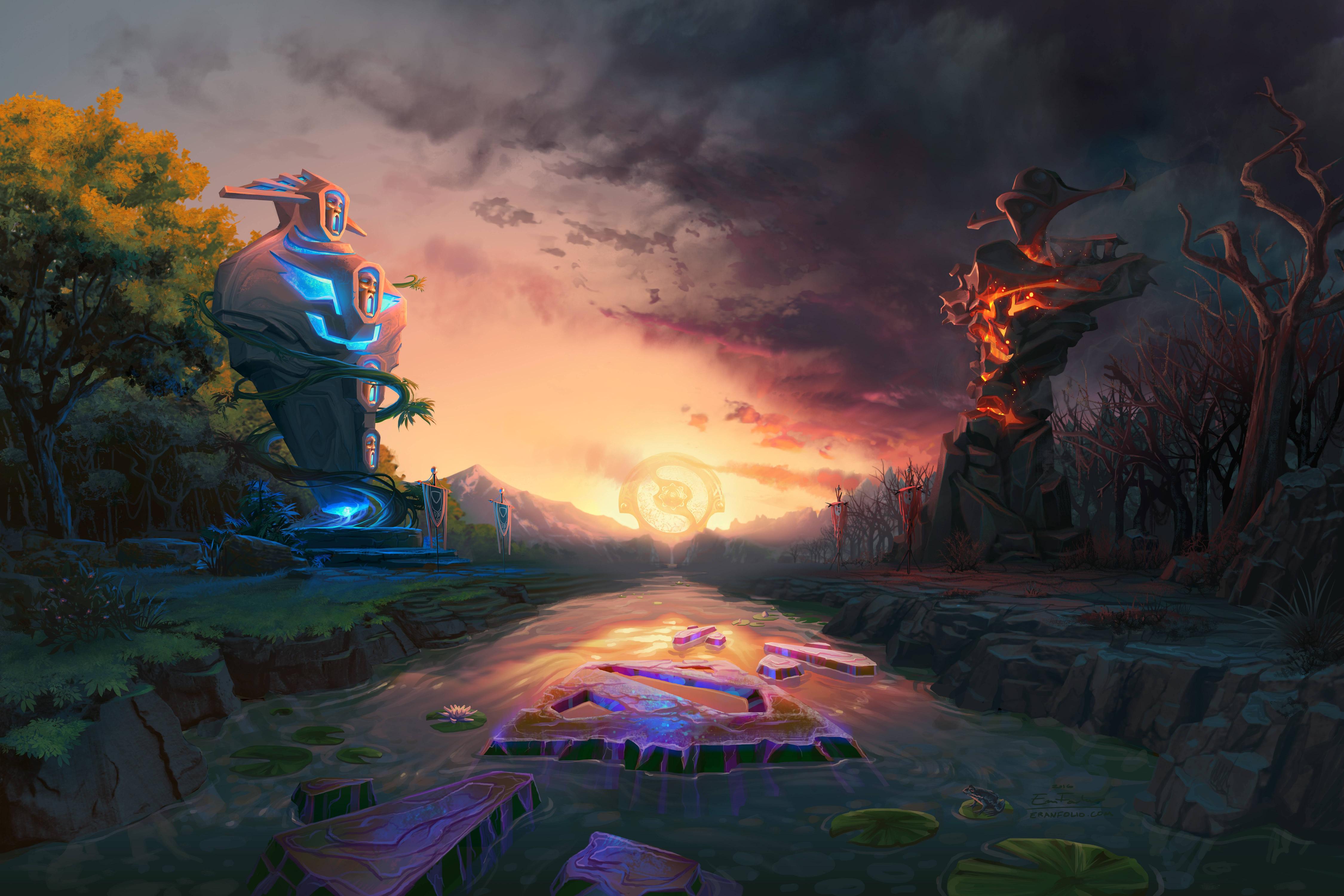
Image courtesy of anoncraft.com
Weathering the Storm
One of the more significant nerfs of Patch 7.13 is the reduction in gold received for destroying towers. Tier 1/2/3/4 towers now reward 100/400/300/200 less team gold, in conjunction with a reduced team bounty from 150 to 100 for destroying the Ranged Barracks. The gold bounty from Filler buildings has also been reduced from 125 to 75, theoretically reducing the attacking team's capacity to mass accumulate buyback gold should they die in the enemy base. This 50 gold reduction could easily be enough to prolong buybacks from the aggressing team, thus affording defending teams more opportunity to recoup before the next onslaught. These potent gold acquisition reductions also strip away much of the monetary incentive associated with the death ball strategy.
While pushing high ground has been made less rewarding, it is also far more difficult as a result of the increased duration of Glyph from 5 to 6 seconds. This may seem trivial at first, however, this delay could quickly turn the tide of battle by allowing defending teams another second to respond or better position themselves for the advantage. The additional second of Glyph could also mean the difference between necessarily buying back or saving for another pivotal situation. Heroes such as Pugna, Death Prophet, and Terrorblade, who rely heavily on acquiring building gold to accelerate their early game power may find themselves fading from the new meta, as early tower destruction has become more difficult to accomplish.
The increased duration of Glyph synergizes well with rescaled death timers. The level 12 through 25 respawn time curve has been changed from 48/52/54/56/58/60/70/74/76/78/82/86/90/100 to 44/46/48/50/52/54/65/70/75/80/85/90/95/100. This update provides a massive boon for late game heroes such as Spectre, Antimage and Sniper, by giving these heroes a wider margin for error. Prior to these new changes, attacking teams were able to cripple enemy hard carries by baiting them to buyback so they could kill them again and effectively finish the match by mid game. Shorter death timers means heroes can now get back in the game faster, thus shrinking the window of opportunity for teams to relentlessly destroy objectives with minimal resistance. This particular revision could help facilitate a resurgence of the late game hero, formerly replaced by more attractive early-mid game options which may no longer be as viable in the new meta.
Although the revisions above introduce meaningful changes to reinvent the current meta, the minimal risk associated with pushing objectives has largely been unaddressed until now. The new update makes Shrines and Melee barracks much harder to destroy. Melee barracks now have nearly 600 more EHP (effective HP) against physical damage, while shrines have roughly 500 more EHP and a decent amount of regeneration (5 HP). The increased durability of these two structures serves as an impediment for push compositions intending to roll down a lane to destroy an early Barracks. Prior to 7.13, heroes such as Lycan, Chen or Nature's Prophet could send their minions in to attack an enemy shrine with virtually zero risks. Passively or periodically attacking Shrines will no longer work, as they must now be destroyed in one attempt. The increased durability of Shrines also provides opposing teams more time to react and defend. The changes made to these structures should reintroduce a necessary risk associated with their destruction, as the advantage they yield is too powerful to acquire or lose without contest.
The combination of enhanced durability for integral structures, longer Glyph duration and lower respawn times should effectively tame the snowball effect of the early game advantage by slightly de-emphasizing the importance of the laning phase. The end result should lead to longer matches, with a balanced emphasis on each phase of the game.

Image courtesy of Runic Wardens Channel on Youtube
Attribute Alterations
Patch 7.13 includes several unexpected reworkings to the three main hero attributes of Dota: Intelligence, Agility and Strength. The changes are as follows:
Old Strength:
- 20 Health
- 0.71% HP Regen
- 0.15% Status Resistance
New Strength:
- 18 Health (+25% for str heroes: 22.5)
- 0.55% HP Regen (+25% for str heroes: 0.68%)
- +0.08% Magic Resistance (+25% for str heroes: 0.1%)
Old Intelligence:
- 12 Mana
- 2% Mana Regen
- 0.07% Spell Amplication
- +0.15% Magic Resistance
New Intelligence:
- 12 Mana (+25% for int heroes: 15)
- 1.8% Mana Regen (+25% for int heroes: 2.25)
- 0.07% Spell Amplication (+25% for int heroes: 0.087%)
Old Agility:
- 0.17 Armor
- 1 Attack Speed
- 0.06% Movement Speed
New Agility:
- 0.16 Armor (+25% for agi heroes: 0.2)
- 1 Attack Speed (+25% for agi: 1.25)
- 0.05% Movement Speed (+25% for agi: 0.062%)
We won't get into the specifics of how each hero has been affected, yet it is important to recognize that Strength and Intelligence heroes have been affected the most by these changes. The largely unpopular Status Resistance attribute bonus for Strength heroes has been replaced by extra Magic Resistance from their primary attribute. The increase in Health received from Strength itself grants Strength heroes a higher EHP against both Physical (10% more effective Physical HP on avg.) and Magical damage (20% increase for their effective Magical HP). On the other hand, Strength heroes will now have slightly lower regeneration. These reworkings benefit offlane Strength heroes the most - providing more durability for them to survive early ganks and extend further down the lane. Overall, Strength heroes in any position have become more difficult targets for acquiring early game kills.
Intelligence heroes have received significant reductions in terms of their survivability, with all of them losing 10-20% Physical and Magical EHP across the board. In the current meta, Intelligence heroes have been able to effectively transition from lane to early game roaming with a high probability of securing kills with minimal risk. These changes reintroduce an increased level of risk for support heroes looking to spend the game wracking up kills unscathed. Intelligence heroes will also have access to more spell usage stemming from a larger mana pool, further solidifying the importance of remaining in lane to harass the enemy and protect the carry.
While the general changes made to Agility are generally less significant, the extra movement speed now available to all heroes (as opposed to Agility only) has the potential to dramatically alter early game strategy. This alteration expands the viability of Agility items across the board by bolstering a hero's ability to hastily evade, engage or position themselves, should they decide to incorporate such items into their build. Agility heroes stand to suffer the most from these changes, as their movement speed advantage wanes throughout the match and they become victims to Strength heroes reaping the benefits of higher Spell Amplification.
On the surface, it appears Valve has opened Pandora's Box in regard to potential balancing issues, with such a significant amount of heroes exhibiting different statistical mechanics. Undoubtedly these changes are going to alter the meta profoundly but it is too early to predict the end result.
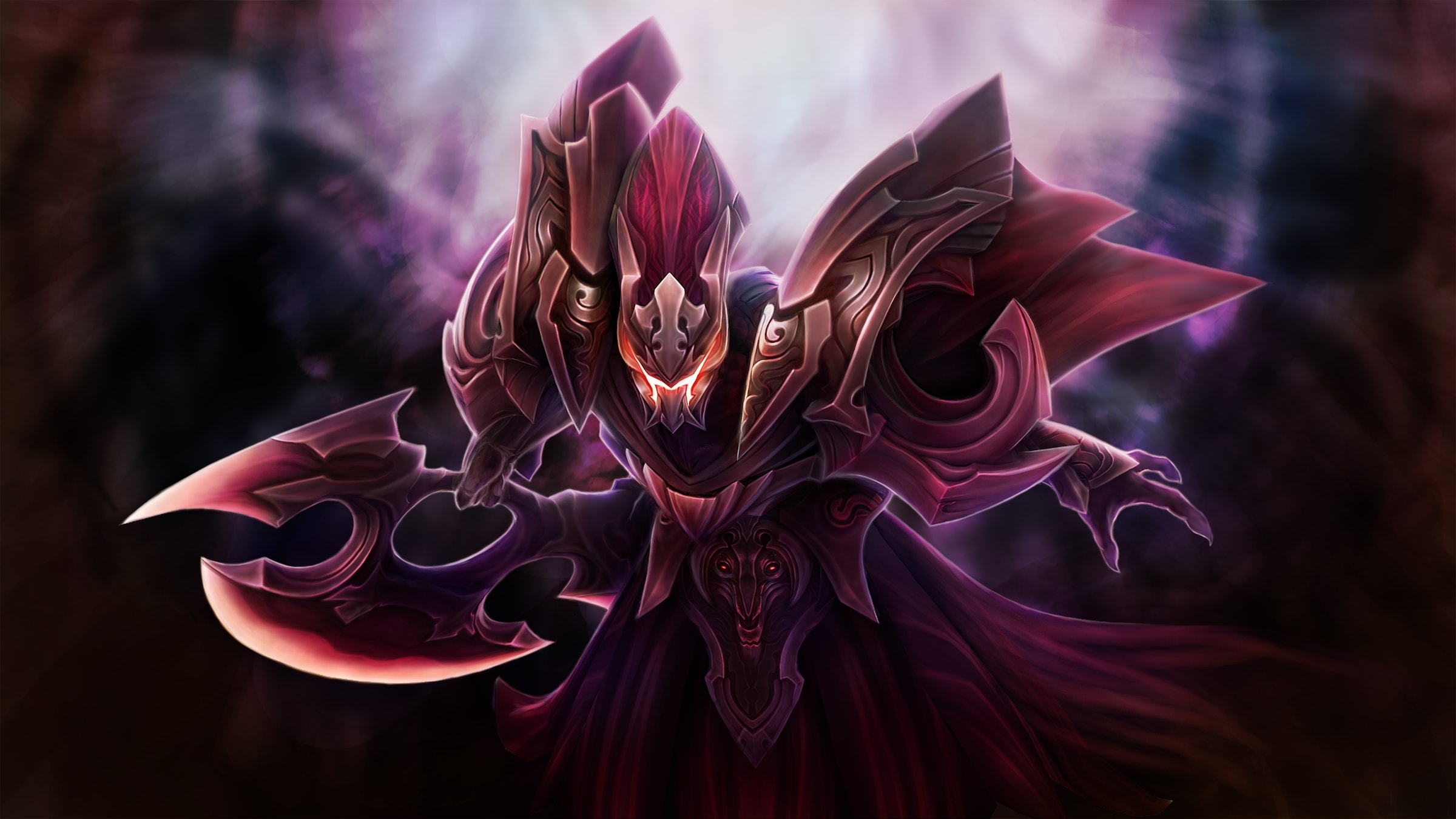
Image courtesy of dotawc3.com
In Closing
We can already see the pace of the meta beginning to slow, for example, this 78-minute Game 1 match between Fnatic and Natus Vincere in the StarLadder Invitational Season 5. We can also notate the game length throughout the Group Stage phase of the series reaching the fifty minute mark on average. Only time will tell how these changes will play out in the professional meta but if the increased average length of matches throughout StarLadder is any indication - the long game is back!


